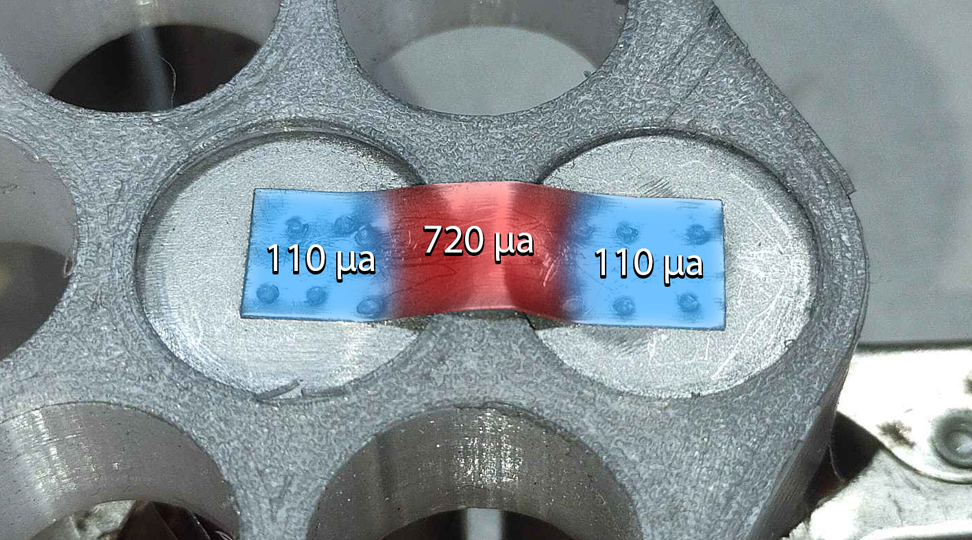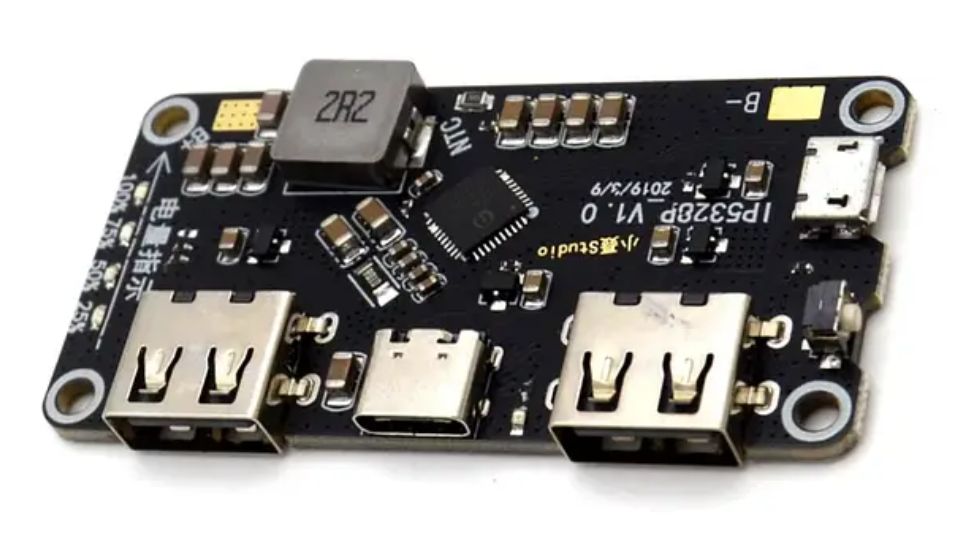
What supplies do you need to build a battery
Table of Contents
Building a battery, especially a lithium-ion one, is like piecing together a complex puzzle where each component plays a critical role in the overall functionality and safety of the battery. From cells to a BMS (Battery Management System), and from nickel strips to the right tools, assembling or salvaging a battery pack requires a blend of materials, tools, and a solid understanding of battery chemistry and electronics. Here's a breakdown of what you need to embark on this extremely rewarding and practically useful electrifying journey.
[[ aff type=cta ~ bg=`best-welder.jpg` ~ main=`Our Suggested Tools & Supplies` ~ second=`Check out our guide going over the tools and supplies we use when we build battery packs.` ~ btnText=`Look Now!` ~ btnLink=`https://cellsaviors.com/essential-tools` ~ align=`center` ]]
Essential Components and Supplies
- Cells: The heart of the battery, cells are the primary source of energy storage and output. The choice of cell chemistry, such as Nickel Manganese Cobalt (NMC) and LiFePO4 (Lithium Ferrous Phosphate), affects the energy density, power-to-weight ratio, and voltage ranges of your battery.
- Battery Management System (BMS): A BMS is crucial for ensuring the safety and efficiency of the battery. It manages tasks like balancing cell charge, providing overcurrent protection, and preventing overcharging or deep discharging. Expand your understanding of BMS with our articles on the best BMS for Lithium and LFP batteries and tips to prevent BMS failures.
- Conductive Materials: Nickel and/or copper are used to create series connections between cells. These materials are chosen for their excellent conductivity and ability to handle the high currents involved.
- Insulation and Protection: A variety of tapes, including paper tape and strapping tape, are employed to insulate connections and reinforce the structure of the battery pack. Wrapping materials like PVC or rubber heat shrink are used to encase the entire assembly, though PVC is generally preferred for ease of use.
Tools for Assembly
- Spot Welder and Soldering Iron: A spot welder is used to fuse nickel strips to the cells, creating series and parallel connections without damaging the cells with excessive heat. A soldering iron is necessary for attaching wires and making other smaller connections. You could technically solder the cells together instead of spot welding them, but that is highly not recommended.
- Other Tools: Various other tools are going to be needed depending on the complexity of the battery pack, including cutters for the conductive materials, and a heat gun for applying heat shrink wrap.
Structural Components
- Cell Holders or Frame: To prevent short circuits and manage heat effectively, cells must be properly spaced using cell holders or a custom frame. These can be standard, sliding-together holders, 3D-printed frames, or other innovative solutions that provide insulation and airflow between cells.
Knowledge and Skills Needed
- Understanding of Cell Chemistry and Configuration: Knowing how to arrange cells in series and parallel configurations to achieve the desired voltage and capacity is fundamental. This includes understanding the voltage ranges and capacities of different cell types.
- Technical Skills: Proficiency in soldering, welding, and the ability to route wires correctly is essential. You must know how to connect the BMS, including attaching balance leads to each cell group and properly wiring the BMS for charging and discharging.
- Safety Precautions: Recognizing the importance of insulation, proper handling, and the risks associated with lithium-ion batteries is critical to prevent accidents.
Putting It All Together
Once you have all the parts, tools, and knowledge, assembling a battery involves carefully connecting the cells in the desired series and parallel configuration, ensuring each cell is balanced and protected by the BMS, and securely packaging the assembly to withstand use and transportation. The process is not just about putting parts together; it's about creating a reliable, efficient, and safe power source for various applications, from powering small electronics to providing energy for electric vehicles.
Building a battery or a powerwall from scratch, instead of buying one, is a rewarding challenge that combines engineering, chemistry, and a bit of artistry. Whether you're a hobbyist looking to power a DIY project such as building a DIY Power bank or a professional developing a custom power solution, understanding the components, tools, and knowledge required is the first step in electrifying your creations.
We hope this article helped you learn what you need to build a battery. Thanks for reading!


